Try out the Butterfly Harness! It’s creator Gorgone suspends people without breasts in it quite successfully. Here’s a tutorial for how to self-tie it ( you can also use the techniques in here for other harnesses that are tricky to tie behind your own back!).
Shibari Study Support
Berlin, Germany
Replied on Kite Harness | Tutorial
Replied on Tongue Clamp
Replied on Rope As A Language | Class
Replied on Rope As A Language | Class
Replied on L-Friction
Replied on L-Friction
Replied on Positional Study | Class
Replied on Simple Box Tie
Replied on Stemmed Third Rope | V-Shape


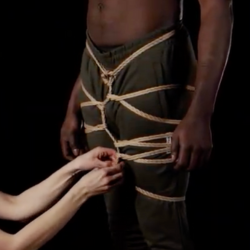
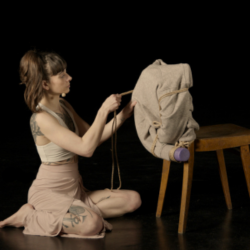


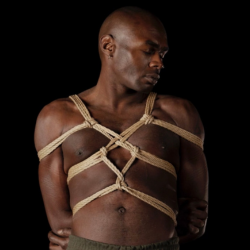

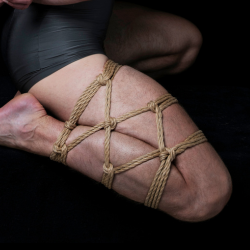
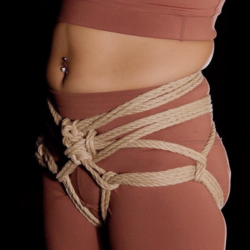



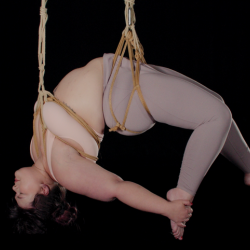
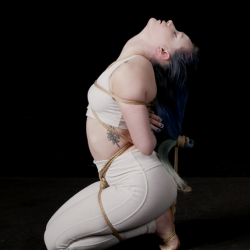
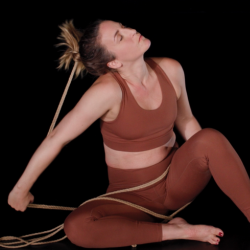





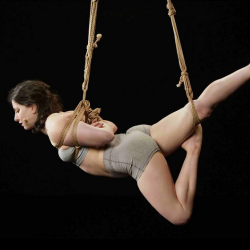
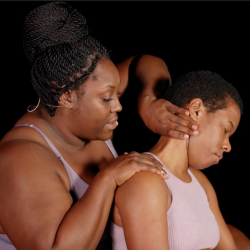
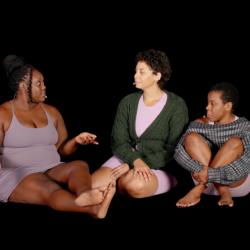

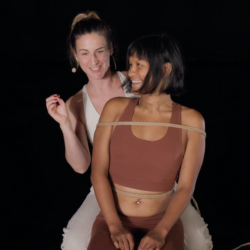
Replied on Stem TK
08 Dec 23:18
Yes, this is a suspendable harness